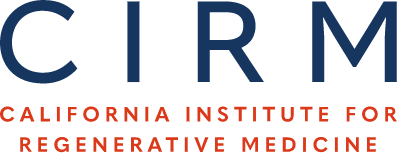Derivation and comparative analysis of human pluripotent ESCs, iPSCs and SSCs: Convergence to an embryonic phenotype
This is an unprecedented time in stem cell biology and regenerative medicine. Today, we have cell lines and tools that did not exist just a few years ago. Indeed, human…



